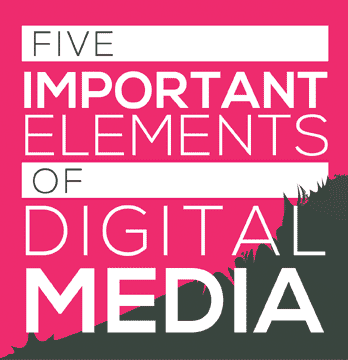This article covers the 2nd part of our look into Web 3.0 technologies. Last time we saw an example of how the web is infiltrating everyday objects; now, we will be investigating Semantics, the other aspect of Web 3.0 technology. Semantic technology provides computers an understanding of language. This understanding of language has made possible two technologies, semantic search and the personal digital assistant.
Semantic Search
Semantic search is when a search engine has the ability to recognize the relationships between words; for example, the words restaurant and eatery both represent a place where people eat. Google, which has been using semantic search technology for a while now, will actually provide the same sort of results when asked to perform a search on either a restaurant or eatery; in other-words, Google is searching the web based on the user’s intent, instead of merely word matching the user’s search query with the words found on web pages.
The Personal Digital Assistant
A Personal Digital Assistant is a computer application, that combines other applications, such as email, instant messaging, calendar , GPS, etc into a unified interface. The most well known of these assistants is Apple’s Siri, which was released in late 2011. In case you haven’t seen Siri in action, you can watch the below video to get an idea of what Siri is all about. http://youtu.be/rDDuBE1vPME As demonstrated in the above video, it is important to realize that applications such as Siri now have the ability to promote local businesses. In the case of Siri, this is accomplished via online sources such as Yelp.ca; in other words, Siri will be promoting your business to potential customers. Before getting too excited, you must be aware that if your business does not have an appropriate online presence, Siri will not be aware of your existence. In closing, this exciting tech is only possible, because software has gained the ability to understand what the user is asking about, which is what semantic technology is all about.





